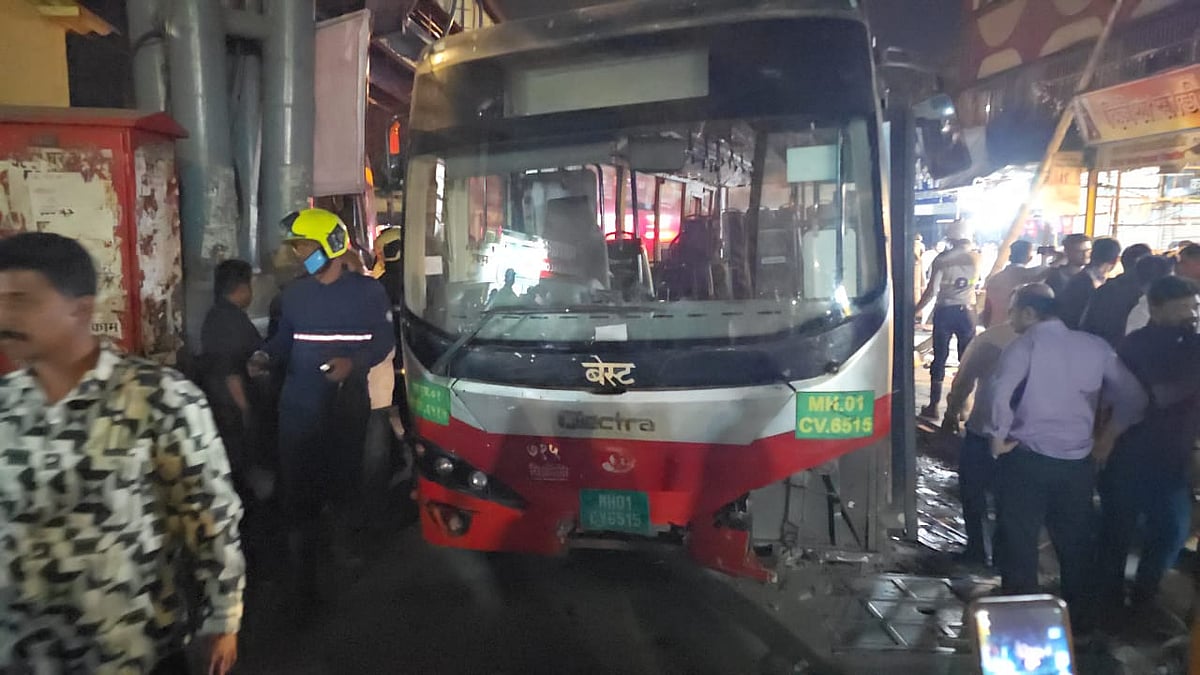Pranayama can be broadly divided into two segments. Prana implies the vital source of energy (the subtle life force) and Yama is the control or extension or expansion. Therefore, pranayama can be enlarged as the extension of this dimension of prana.
When our energy/prana/chi levels are low, we feel enervated. This invariably occurs when we eat in gargantuan proportions rather than partaking small morsels, either sleep excessively or do not have adequate rest. In all such cases, there is a significant expenditure of the vital life force.
Energy can nevertheless be replenished through the regular practice of pranayama, yoga and meditation. This fortifies the flow of prana in the Nadis, the energy channels in the human body.
The depletion of energy takes place on account of disruption in our lifestyles, dietary indiscretions, emotional upheavals, or lack of physical exercise apart from the human mind undergoing overwrought and stressful conditions
Strangely enough, through the regular practice of pranayama and breathing techniques such as Sudarshan Kriya, the mind gets entrenched in the present moment.
The human body is powered by five primordial elements — earth, water, fire, air and space. These are all extremely important, interwoven and interrelated but it is Vayu that sustains our life.
Our Rishis have succinctly opined that Pranayama is nothing but the worship of Vayu Devata or the Wind God. The powers of Vayu are immense and this was known to our ancestors and rishis. No wonder we pray to Lord Hanuman during our trials and tribulations. He is the closest to Narayana, who nourishes and sustains us and strengthens our bodies physically and mentally.
Pranayama is the fourth principle of Ashtanga Yoga as delineated by Maharishi Patanjali. Pranayama should be coupled with mindful eating and breathing.
Yogic science of mudras
Lord Krishna in the Bhagvad Gita says, “there is nothing as sacred as knowledge”. Knowledge can be acquired by the human mind through the 5 D’s- dedication, determination, dynamism, devotion and discipline and one H- Humility.
The human mind can harness this potential only if it is in the present moment and not in a fragmented state. By practicing proper breathing techniques, like Sudarshan Kriya and Nadi Shodhan Pranayama and through regular meditation the mind becomes wakeful and alert to delve deep into this knowledge.
It is indeed profitable to learn about Mudras. Practice of mudras is not just in the domain of dancers, painters and artistes, even stock individuals who have nothing to do with the art world ought to learn about mudras.
The science of mudras, is intrinsically related to the esoteric knowledge of yoga and which can be further segregated into the five elements, the five life forces (or subtle forces of energy called the pranas) and the three Doshas.
The five elements are namely – Akash (ether or space), Vayu (air), Agni (fire), Jal (water) and Prithvi (earth), and the five life forces or Pranas are Prana, Udana, Samana, Apana and Vyana and the three Doshas are Vata, Kapha and Pitta.
Humans unconsciously practice Mudras. For instance, the Namaste Mudra or a young child begins learning to walk with his thumbs raised which is called the Meru Dand Mudra. An infant in a deep slumber, his index finger would involuntarily touch the thumb and the other three fingers are on the base of the palm (Chinmaya Mudra).
The universe in its auto-mode conjures these processes to take place about which we are totally oblivious to the occurrence. Some other Mudras which need to be practised are:
(a) Jnana mudra

This is performed to increase brain power, improves memory and for the removal of negative thoughts and thereby one attains peace and bliss.
(b) Prithvi mudra

This helps in balancing the five sense organs, improves blood circulation and enhances our energy levels. Practicing of this mudra assists in increasing our alertness.
(c) Apana mudra

This facilitates in an improved elimination process, revitalising the digestive system, improving the gums and strengthens immunity.
(d) Prana mudra

This mudra addresses the problem of fatigue; it also provides essential vitamins to the body besides increasing stamina and vigour to the human body. It also helps in maintenance of the health of our eyes.
(e) Dhyana mudra

Essentially, this mudra helps in making us mindful and wakeful and we are at peace with ourselves. Over a period of time we attain peace of mind.
(f) Shunya Vayu mudra

Practice of this mudra helps in combating problems of flatulence and gastric ailments. The gut houses our solar plexus, which is also referred to as the second brain. We need to take adequate care of our abdomen as a majority of human ailments arise from this part of the body.
Therefore, there is enormous merit in the adage, ‘Health is in your hands’.










